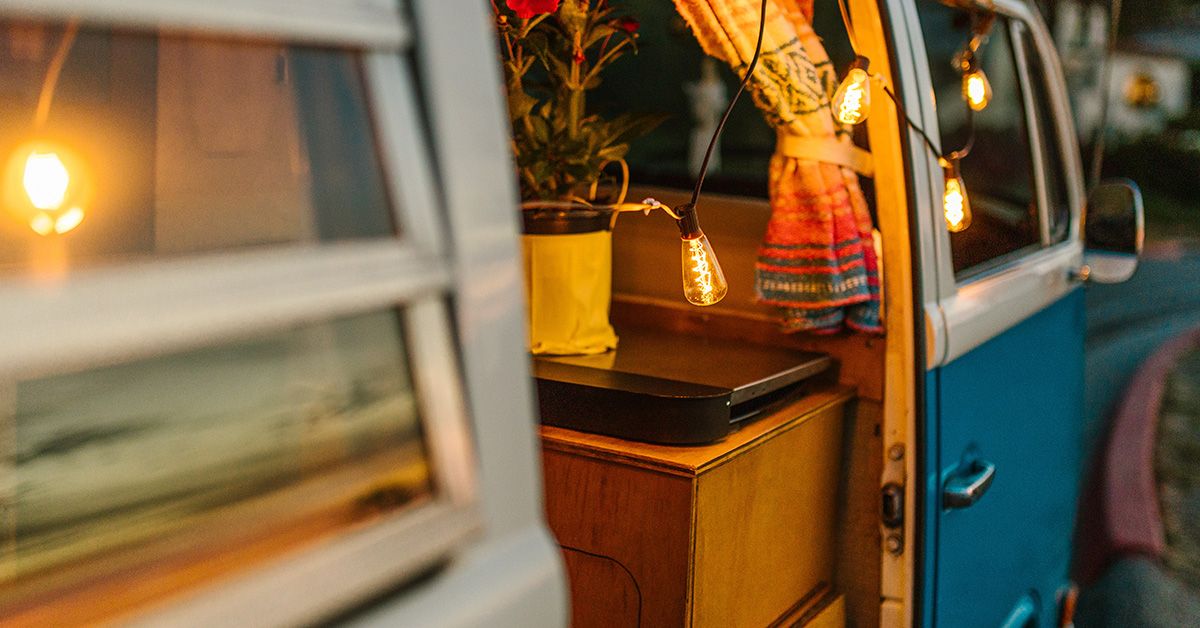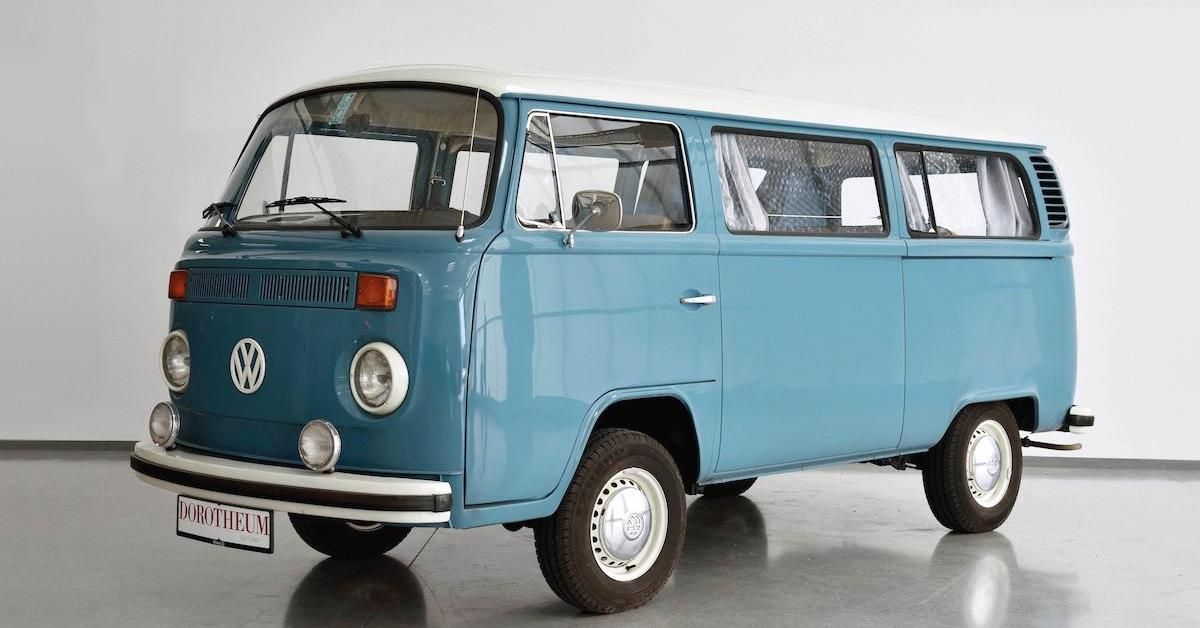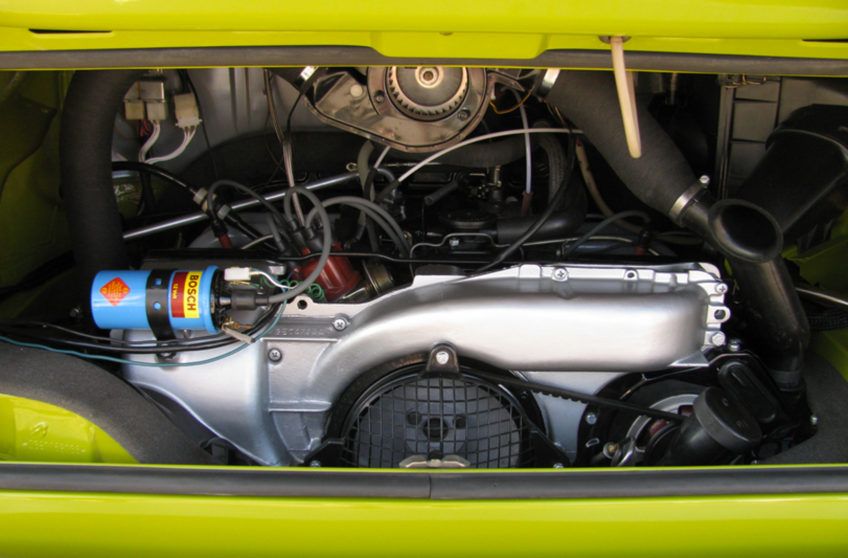Volkswagen has made an impressive lineup of cars for many years, ranging from performance cars to SUVs. Among the lineup is classic VW enthusiast favorite, Volkswagen Bus. The classic shape was in production from 1949 to 1979, though it was later rebranded into what is known as the Eurovan.
The unanimously popular models were the first generation busses, or the "split windows", due to their overly beautiful aesthetic. The company eventually ditched the beloved split windows, producing the second generation of busses, or the "bay windows". The bus still featured the same iconically round shape despite the generational changes.
The rounded bus is one of the most recognizable vehicles ever produced, and it wasn’t just popular in the European countries alone. When the states received its shipment, the VW bus instantly became a success. Let's analyze how much it'll cost to acquire the 1973 model today.
The 1973 Volkswagen Bus Shares The Same Engine As The Beetle
The power plant of the VW bus didn’t exactly feature anything interesting, and getting a speeding ticket in the VW bus would have been rather impressive, and damn near impossible. It featured a carburetted 1.7L engine, sharing the same engine as what was put in the VW Beetle.
This wasn't the first time the German engineers did this, as this concept remained in the following generations. Since the underpowered 1.7L had to power the heavyweight of the van, they were notorious for overheating issues. To overcome this, enthusiasts soon started to swap engines from different platforms to make more reliable power.
Getting a speeding ticket in the VW bus would be very impressive, and damn near impossible. The Type 2 featured two different engines that were both inadequate in power. All buses up to 1971 used the 1.6L Type 1 Beetle Engine.
There was an upgrade in the 1972 model, as it received the 1.7L Type 4 engine - a standard feature for the U.S. models. This also remained the standard engine in the 1973 model. Hence, in 1973, the 1.7L powerplant featured dual intake ports, which allowed the engine to push a total of 65 hp with the manual transmission and 61 hp with the automatic. The bus was slow to accelerate and didn’t have a high top speed, but this wasn’t why people sought out these buses - it was for the unmatchable experience.
The 1973 Volkswagen Bus Has An Incredibly Spacious Interior
The Volkswagen Bus was quickly popular due to its large interior space and exterior design. If you wanted to haul a bunch of people or loads of gear, the VW Transporter could do it. With seating for up to 9 people and luggage, the bus didn’t lack interior space by any means.
Westfalia had a package specifically catered for those that were outdoor driven. These packages were the camper conversions with pop tops and interior catered for camping. Courtesy of the rounded shape and love behind the community, the VW bus has gained lots of popularity in the overland and camping niche.
Regardless of the package, the interior had more than enough space. With the rise of camper conversions online, there is no doubt that the platform is highly popular among European car and outdoor enthusiasts.
The Volkswagen Bus: No Experience Like It
Clearly, what the bus lacked in performance, it makes up for in other areas. Ever since the creation of manual transmission in 1893, people have spoken about their love for them. One of the best parts of driving a Volkswagen Bus was rowing through the gears, courtesy of its 4-speed manual transmission. You experience unexplainable satisfaction when driving one, and that was the whole point. Adding to the experience, the rounded shape inevitably drew a lot of attention.
The other experiences were the ones the bus could take you on. Many enthusiasts choose to take the bus on their outdoor endeavors, as the bus handles it quite well. With a large wheelbase and spacious interior, it was more than just ideal. With the aesthetic pleasure of the bus and unmatched feeling, the VW bus offered a pleasurable experience, to say the least.
How Much Does The 1973 Volkswagen Bus Cost Today?
Like most automobiles in the recent era, prices have drastically gone up with the push for sustainable energy and EVs. Finding a Volkswagen Bus proves to be a challenge, especially those in good condition. Rusted out buses can be found for a few thousand dollars, though anything in good condition will run you over five figures.
With different options like the Transporter or Westfalia, the prices tend to vary drastically, as some models are preferred more than others. Still, these iconic buses can be found on websites like Classic Cars and Bring a Trailer.
Like most collector vehicles, the Volkswagen Bus has a large price range, since vehicle conditions all vary. Still, any good bus in good condition can be found anywhere from as low as $20,000 to as high as $50,000.
Note: Trends show that prices are increasing, so these figures are only applicable during the time of publication.



